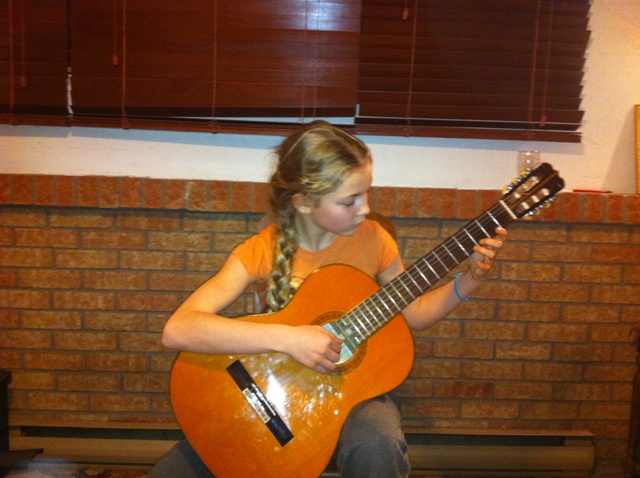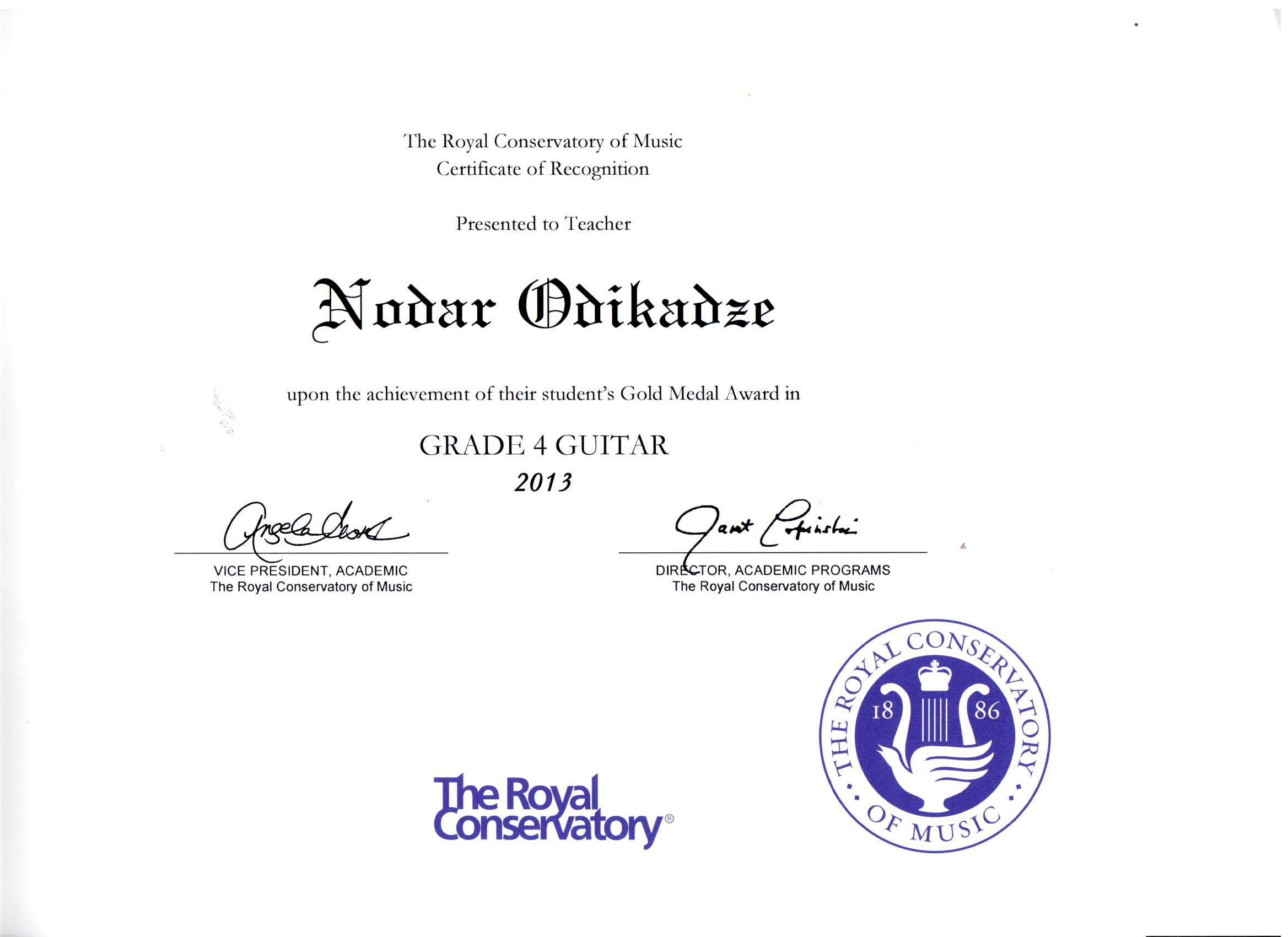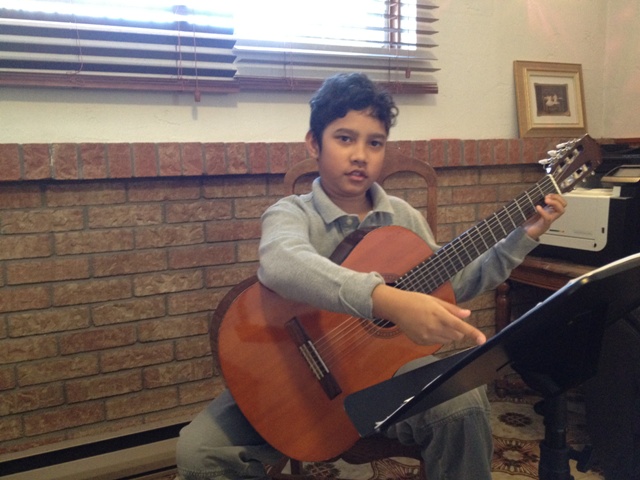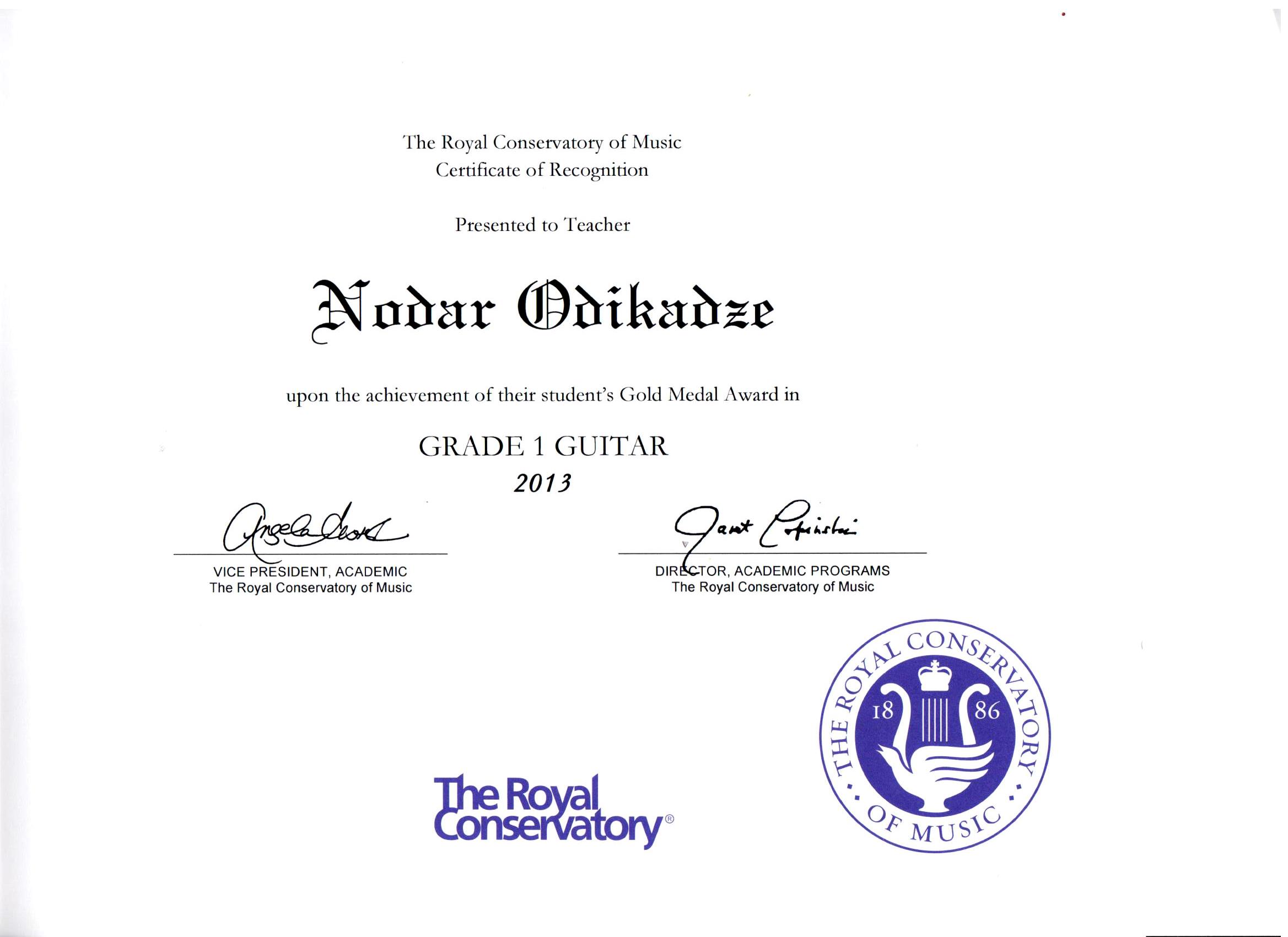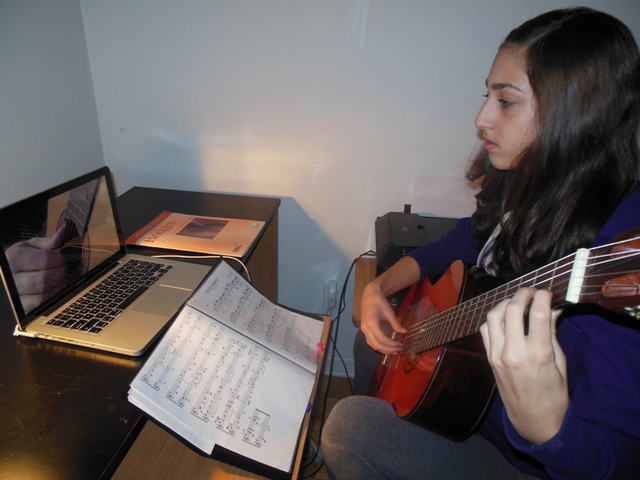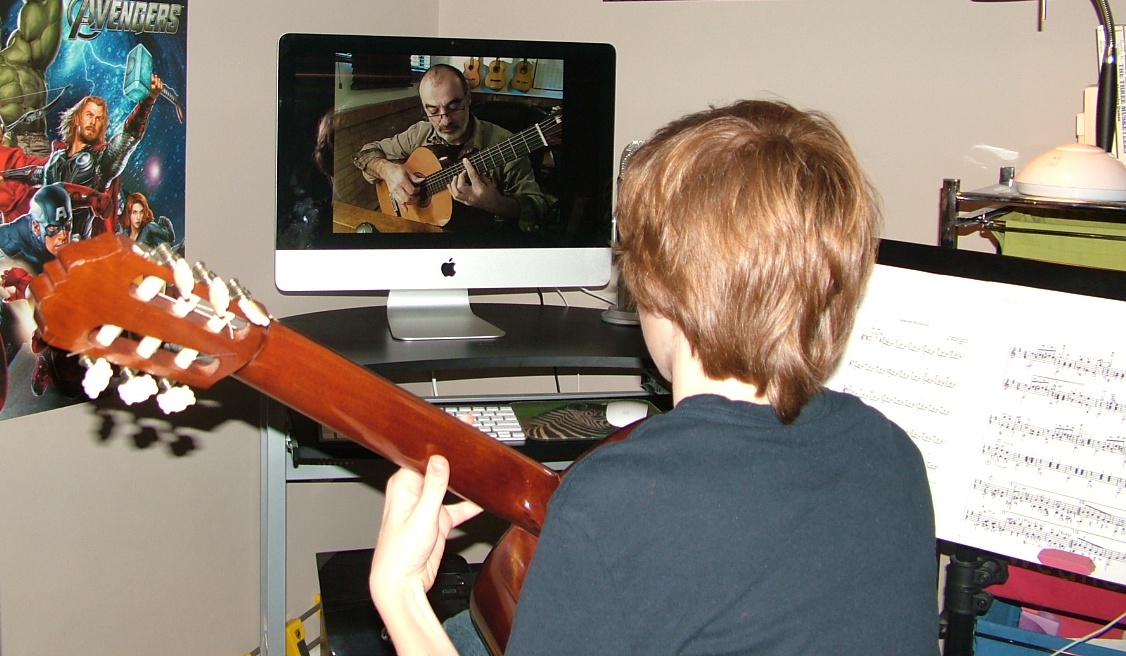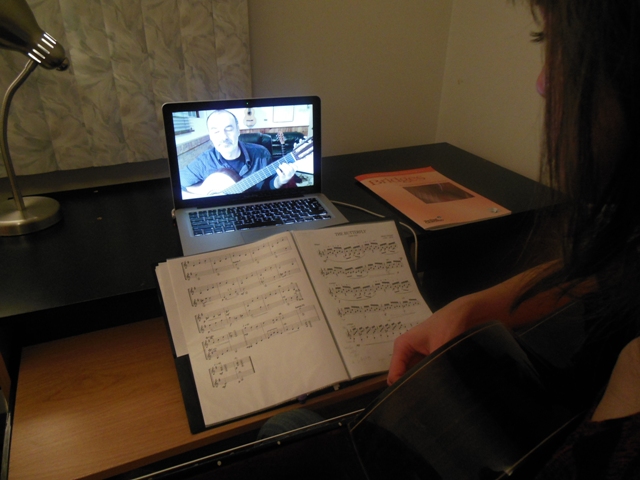
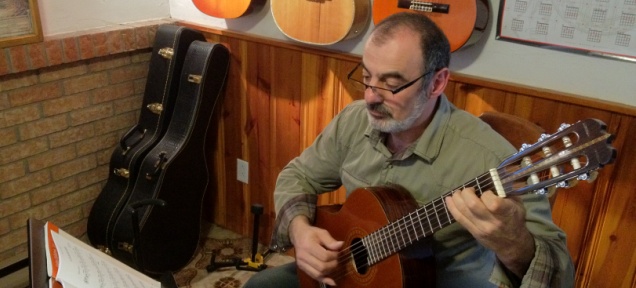
"MUSAMUSE"
École de musique de Montreal
Montreal music school
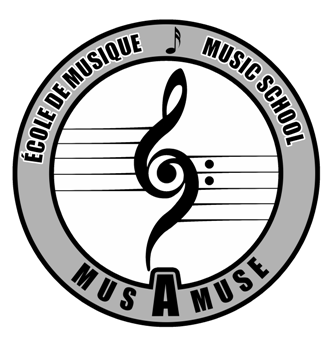

514-781-4338
nodarw@gmail.com

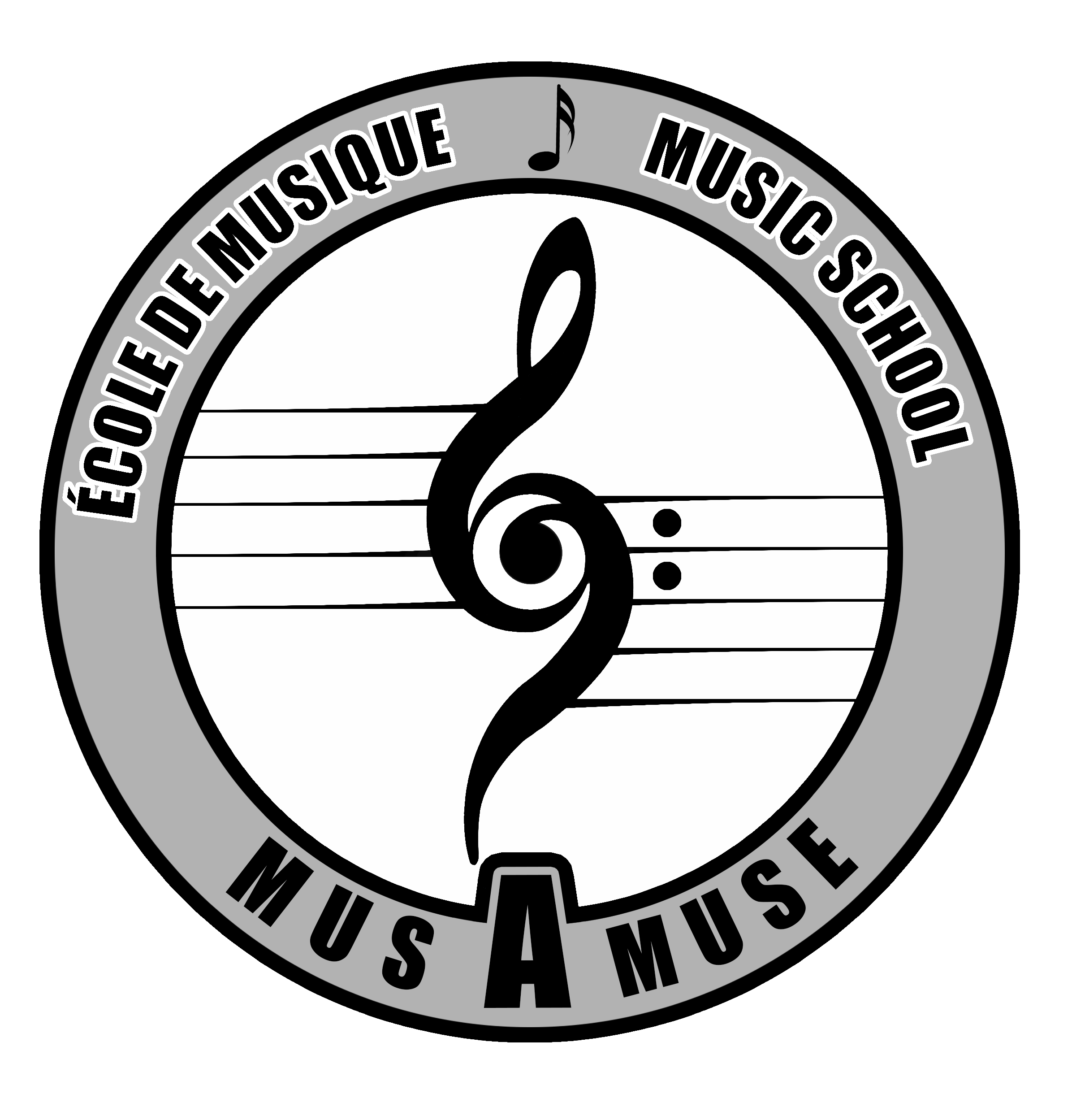

Gold Medals are awarded each academic year, September 1 to August 31, by province or region, to candidates who have obtained the highest mark for practical examinations in each discipline, from the Preparatory Level through to the ARCT Level. In order to be eligible for these awards, recipients must have obtained a minimum mark of 80% on their practical examination and have completed the theory requirements for their grade.
“The guitar is a small orchestra. It is polyphonic.Every string is a different color, a different voice.”
Andres Segovia
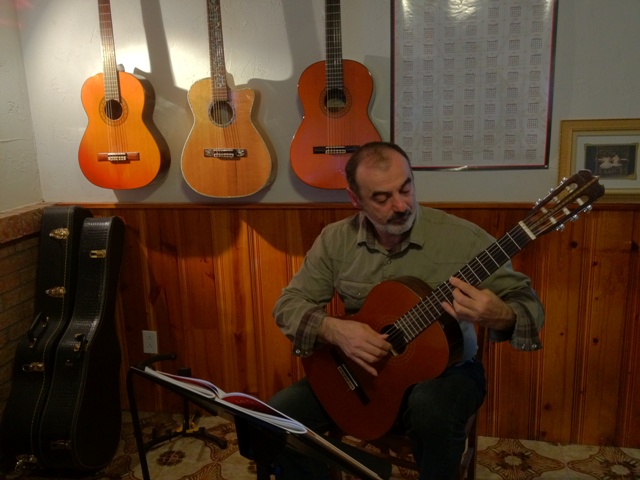
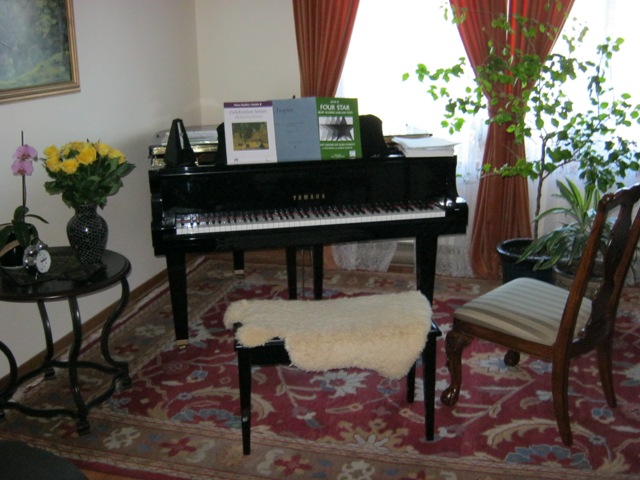


“The advice I am giving always to all my students is above all to study the music profoundly... music is like the ocean,
and the instrumentsare little or bigger islands, very beautiful for the flowers and trees...”
Andres Segovia.
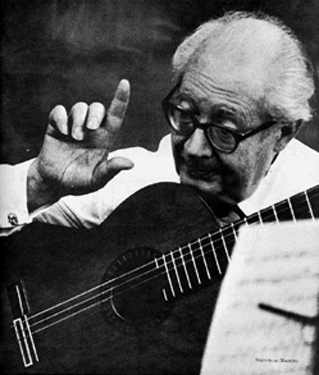

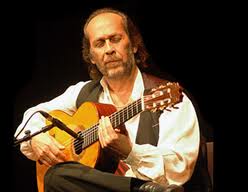
Flamenco is a folk art and culture from Spain. It is particular to the province of Andalusia in Spain. Historically, it has always been the musical outlet of the poor and oppressed. It passed on by oral tradition which the individual artist uses as the basis for his own variations.
Flamenco is a tripartite art, involving singing, dance and the guitar simultaneously - as well as rhytmic punctuation (by hand-claps and other methods) that is considered an art form. There are hundreds of different types of pieces within flamenco, which have generic names such as seguiriyas, soleares, alegrías, malagueñas, fandangos, zapateado, rondeña, etc. They are defined by characteristic melodic, rhytmic, and harmonic structures; each has a characteristic mood and many are regional variants of essentially similar forms.
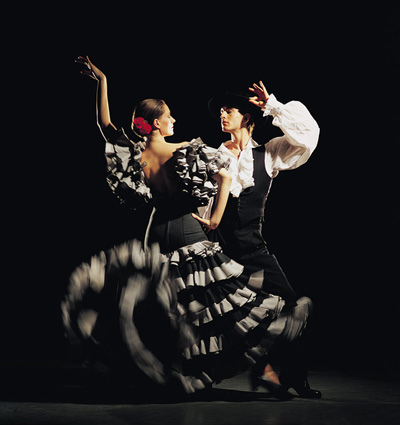
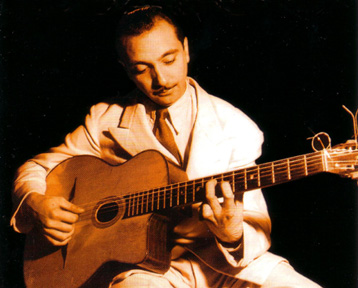
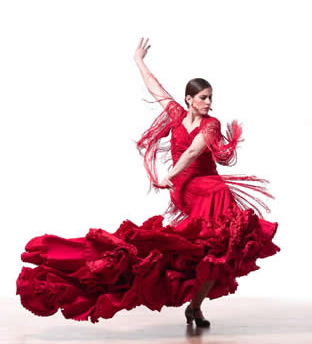
What is Gypsy Jazz ?
Originated by French guitarist Django Reinhardt, Gypsy Jazz is an unlikely mix of 1930s American swing, French dance hall "musette" and the folk strains of Eastern Europe. Also known as Jazz Manouche, it has a languid, seductive feel characterized by quirky cadences and driving rhythms.
The main instruments are nylon stringed guitars, often amounting to a half-dozen ensemble, with occasional violins and bass violin. Solos pass from one player to another as the other guitars assume the rhythm. While primarily a nostalgic style set in European bars and small venues, Gypsy Jazz is appreciated world wide.
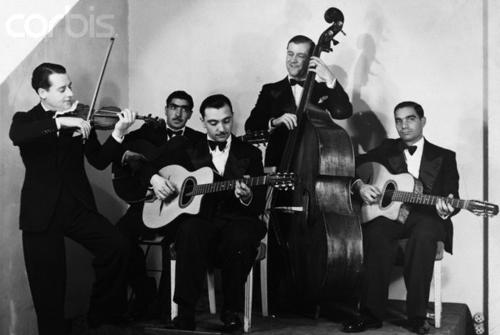
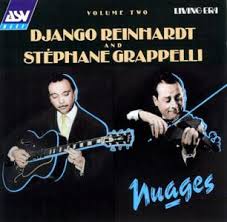
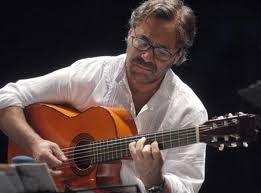
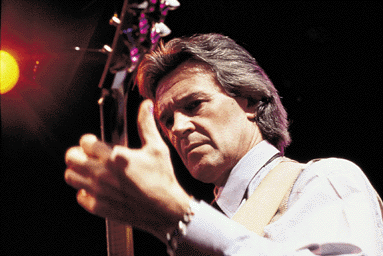
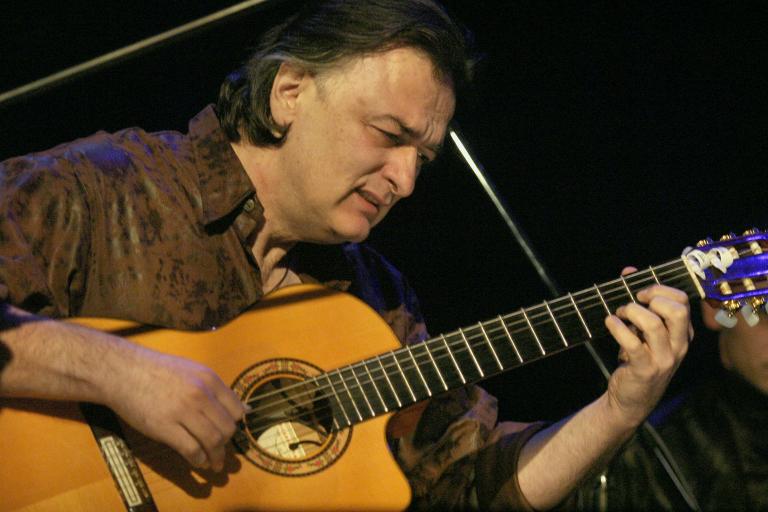
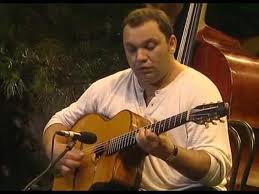
What is a Jazz music ?
Jazz originated at the start of the 20th Century in the African American Communities of the United States. It developed from a mix of African and European musical traditions. Jazz has incorporated music from both the 19th and the 20th Century American Popular Music, from its early development until the present. Through its use of blue notes, improvisation, polyrhythms, syncopation, call-response and the swung note its West African origination is obvious. The word Jazz was first used to refer to music in Chicago in around 1915.
As Jazz Music spread around the world it drew on different local, regional and national music cultures which resulted in many distinctive styles of Jazz Music. Jazz music continues to grow and reshape itself at an extremely fast pace. Jazz music online makes powerful statements about freedom, creativity and American Identity both at home and abroad.
Improvisation is one of the key elements of Jazz Music. A common structure of the Early Blue was the repetitive call-and-response pattern. Early blues was a form of folk music that developed from work songs and field hollers of rural Blacks; early Blues was also a high improvisational form of music.
It is very different from European Classical Music, as the performer’s primary goal in Classical Music is to play a composition as it was written. A skilled Jazz performer however will interpret the tune in individual ways which results in the same composition never being played exactly the same way twice. A jazz performer may change harmonies, melodies or the time signature when he wants depending on his mood, personal experience, and interaction with other musicians or even members of the audience. A jazz soloist is often supported by a rhythm section that complement the soloist by playing chords and rhythms that outline the song’s structure.
Jazz is often characterised as the production of unrestricted creativity, interaction and collaboration and placing equal value of the contributions of both the composer and the performer. The main instruments used during a Jazz Song are bass, piano, drums, saxophone and the trumpet. The key jazz visionaries include Louis Armstrong, Miles Davis, Charlie Parker and John Coltrane.
Jazz harmony relies on melodies that are in harmony with the chords. The one principal difference between Jazz harmony and other musical harmonies is that its use of chords is taller than triads.
Modal Jazz developed in the 1950’s which takes a musical scale as the basis of musical structure and improvisation. While using modal jazz the soloist creates a melody, using one or a small number of modes. This results in the shift from harmony to melody being emphasised. Modal Jazz originates from a work by George Russel, but Miles Davis made it famous to the rest of the Jazz world with his album Kind of Blue, which explored all of the possibilities of Modal Jazz.
Free Jazz broke through to a space where meter, beat and formal symmetry were no longer used in music and a large range of music from India, Africa and Arabia were merged into an intense style of playing. Free Jazz gave jazz performers more freedom however the loose harmony and tempo were controversial when the style was first developed.

